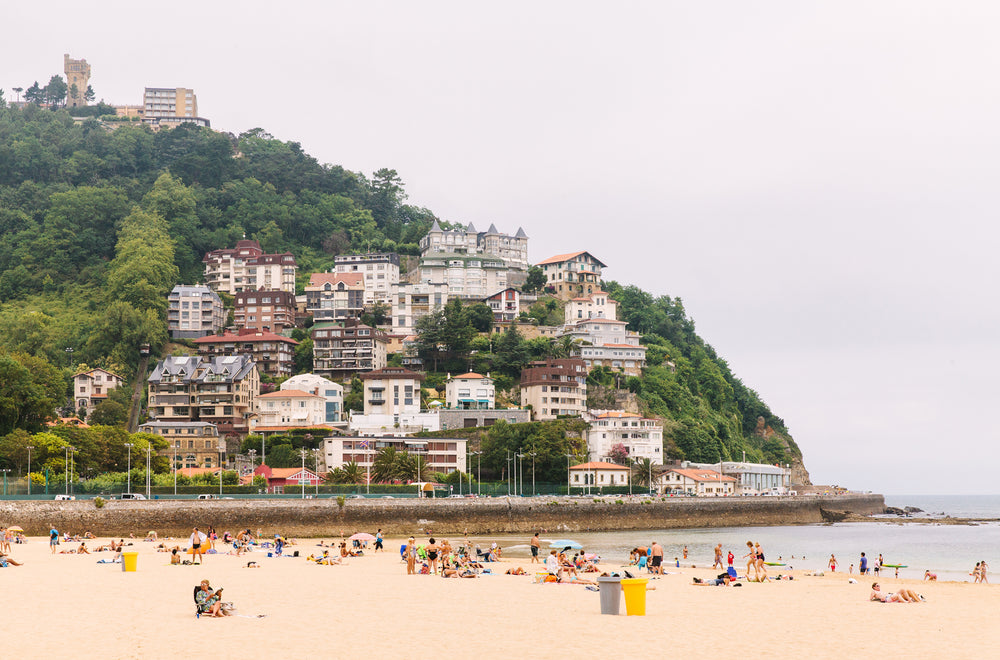The Basque Country of my imagination is populated with two things. It is a place on the map with a language and culture distinct from Spain and France, the countries it is nominally a part of, and within the region there is a strong separatist movement led by the ETA, an at times violent organization long associated with terrorist acts and kidnappings. This is the Basque Country of the twentieth century. And then there is Bilbao, the largest city in the region, where Frank Gehry built his titanium masterpiece, his blockbuster, his permanent place in the firmament of starchitects, the Guggenheim Bilbao. Two very fun words to say, by the way. Different languages, but fun sounding nonetheless.


For people here in LA, ETA is PETA and the Guggenheim Museum Bilbao is Walt Disney Concert Hall 1.0. But it is a seminal architectural work of our time, a pilgrimage site, a game changer, challenging assumptions of what a museum can be and what it can do for the people who live within its orbit. There is even a term – the Bilbao Effect – that hints at its game changing status. Gehry’s building rivals Wright and his Guggenheim, for some. Big money in the culture industry, in the art world. That I have not been does not diminish my fascination. Perhaps it burnishes it.


So Basque is not Spain and it is Bilbao. That’s all I got; I’ve never been. It’s the only thing I could talk about over mindless cocktail party chatter, stifled yawns, around-the-head-and-over-the-shoulder looks. Two is the sum of my associations for an entire people and place and history and language. It reminds me of a joke I once heard about the Belgians being good at two things, pedophilia and chocolate, and the onIy reason they’re good at making chocolate is to get the kids. I told that joke to a Belgian once, and he told me in a gruff and bored manner that it was an old joke. Still funny nonetheless.
The idea of the Basque Country is in its own way as glittering as the Bilbao Guggenheim – not Spain, not France, neither either or together. It is the Basque Country. Basque is actually a language distinct from the Romance languages of its neighbors. If you learn French or Spanish, you’re up shit’s creek with Basque. Totally different.


Why, Donostia. A name like a beautiful woman’s. Like Dulcinea, Don Quixote’s fevered vision of female love and virtue – wrong national masterpiece, but still. Donostia. Also known (in Spanish) as San Sebastián. Say goodbye, Cervantes, Gehry, Terrorists. How about Tourists? San Sebastián is one other place to visit. And how can this place best be described? Its weather? Its land? Its food? Its people? With pictures. So lazy to write, but true nonetheless.



